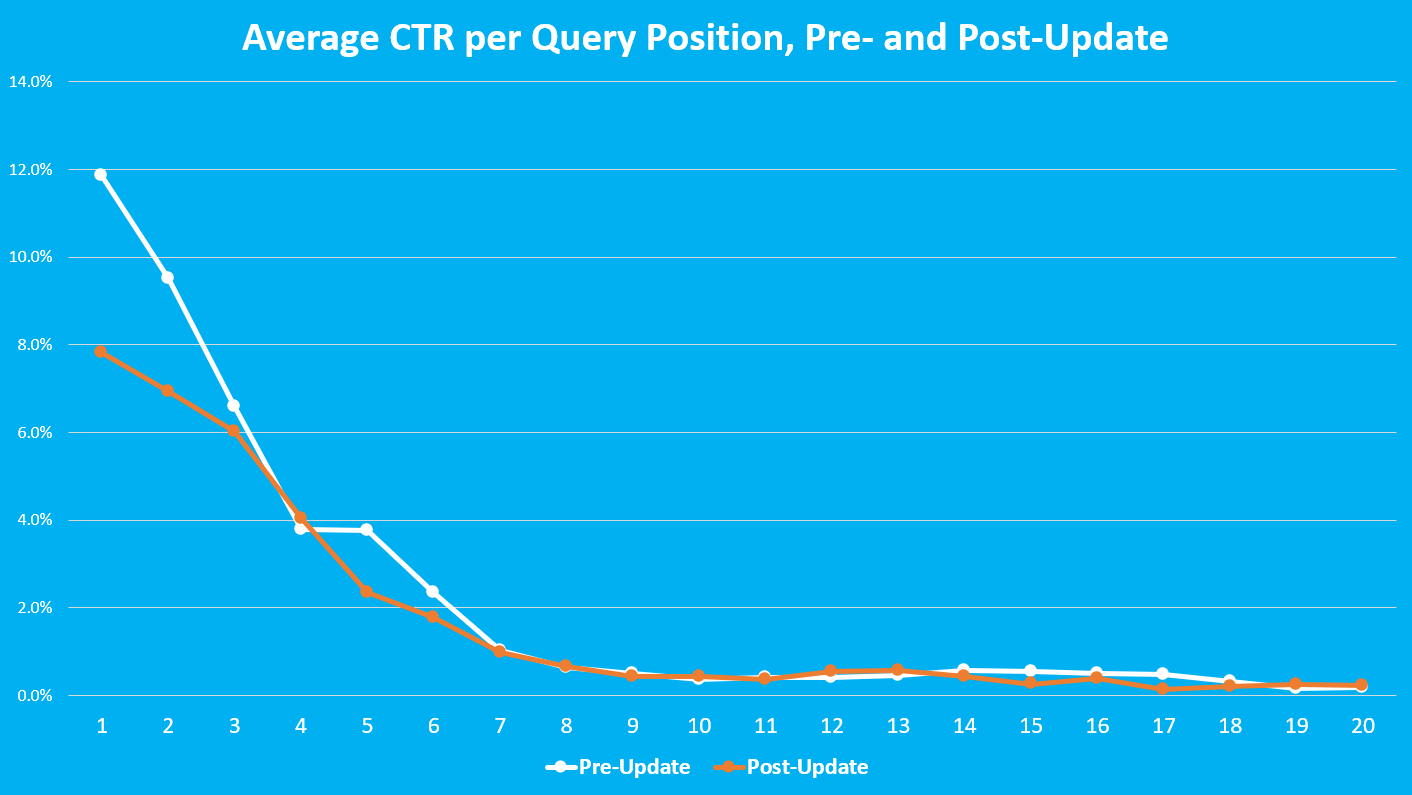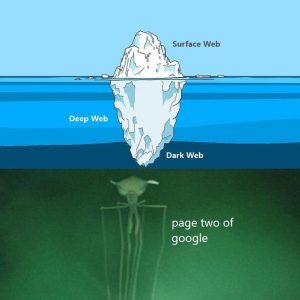“No one clicks over to Page 2”. We’ve all heard this timeless quip, that no one in their right mind would ever be so bold as to want more than 10 options to find what they’re looking for. Publishers and brands would fight for their page 1 rankings, as this, we were told, was the only way to get in front of organic search audiences.
But things have changed. In December 2022, Google introduced an infinite scroll feature, which automatically loads new results as you approach the end of the page. While this may be a convenient update for users, it’s causing quite a stir among website owners who rely on page 1 click-through rates for traffic. In this article, we’ll delve into the effects of Google’s infinite scroll update and its potential impact on SEO click-through rates and traffic.
What is infinite scroll?
Infinite scroll, or more accurately continuous scroll, is Google’s new SERP functionality that allows searchers to scroll through results past position #10. While not quite infinite – this new functionality requires searchers to click “See More” after the first 60 or so results – this core SERP format update has far-reaching implications for searchers and publishers alike.
This update wasn’t Google’s first foray into the world of stretched SERPs. In October 2021, Google began testing a continuous scroll functionality for mobile devices that would allow cellphone searchers to explore an unending SERP.
How does infinite scroll impact organic CTR?
In the past, Page 1 keyword rankings were the name of the game. The logic went that if it wasn’t on Page 1 of Google, it simply didn’t exist. When applied to large brands and their SEO content, this rightfully concerned anyone aiming to improve their organic search performance. Sure, ranking in position #11 was better than not ranking at all, but data shows that as of November 2022, only 8% of desktop users were clicking on results from Page 2. With the barrier to lower-ranked results now gone, it’s possible your page ranking in position #11 might now generate significantly more traffic.
Whether searchers enjoy Google’s new infinite scroll functionality is still yet to be seen. However, as the curious digital marketers we are, the Synapse team set out to answer a glaring question: how does infinite scroll impact click-through rates by position?
How to Determine Infinite Scroll Click-Through Rates
We devised a plan to answer this question the only way we knew how: by crunching the numbers. (If there’s one thing we love here at Synapse, it’s data-driven insights!). We downloaded two sets of desktop search data from our clients’ Google Search Console profiles: 6 months before the desktop infinite scroll update launched and 6 months after. For each timeframe, we compiled a list of over 80,000 queries, their position, and their CTR. To avoid inflating the data, we filtered out branded queries (including close variants) and any query with fewer than 10 impressions over the 6 month period to avoid any one-search-one-click 100% CTR data points.
We used this data to calculate the average desktop CTR for each position in the SERP. By grouping all non-brand queries ranked in position #3, for example, we could determine the average CTR for this position. A quick pivot table later and we had the average CTR for each rank position charted on a line graph.
The Results
So what did we find? Surprisingly, it doesn’t seem that CTRs for formerly-page 2 positions changed all that much. A quick look at the chart shows that after position #6, the pre- and post-update data look about the same. What did change was CTRs for the top 3 positions. Position #1 seems to have experienced a -33% decrease in its organic click-through rate. Similar trends were seen for most other positions up to #6.

Our analysis suggests that while CTR for positions 1-6 fell on average by 20.8%, the rest of the SERP was mostly unaffected.
Before the update hit desktop browsers, position #1 enjoyed an 11.9% click-through rate, according to our data. In the 6 months that followed, its average CTR fell to 7.8%. Similar narratives played out across the top 6 positions, with each position’s CTR falling, on average, -20.8%.
Conclusion: How Did Desktop Infinite Scroll Impact CTR?
Surprisingly, click-through rates for positions previously located on page 2 seem to have not been affected by the infinite scroll functionality. However, our data suggest that positions #1-#6 now experience decreased click-through rates.
So what happened? While it might be impossible to say for sure, it’s possible that as searchers are faced with more information directly in the SERP – featured snippets and quick answers, but also more titles and meta descriptions – they’re less likely to click on any links at all. The zero-click trend is something search analysts have been discussing for years. This October 2022 analysis from Marcus Tober at SEMrush delves into the growing zero-click search trend in great detail. Our data would support this growing trend, as the total CTR for the top 20 positions decreased from 46.8% to 36.6% after the update.
Regardless, changing click-through rates and increased zero-click searches are trends we’re continuing to monitor at Synapse. In fact, we’re implementing new strategies designed to improve CTRs to help offset any negative impact from zero-click searches. Want to learn more about these strategies and our comprehensive SEO services? Reach out to the team at sales@synapsesem.com.





